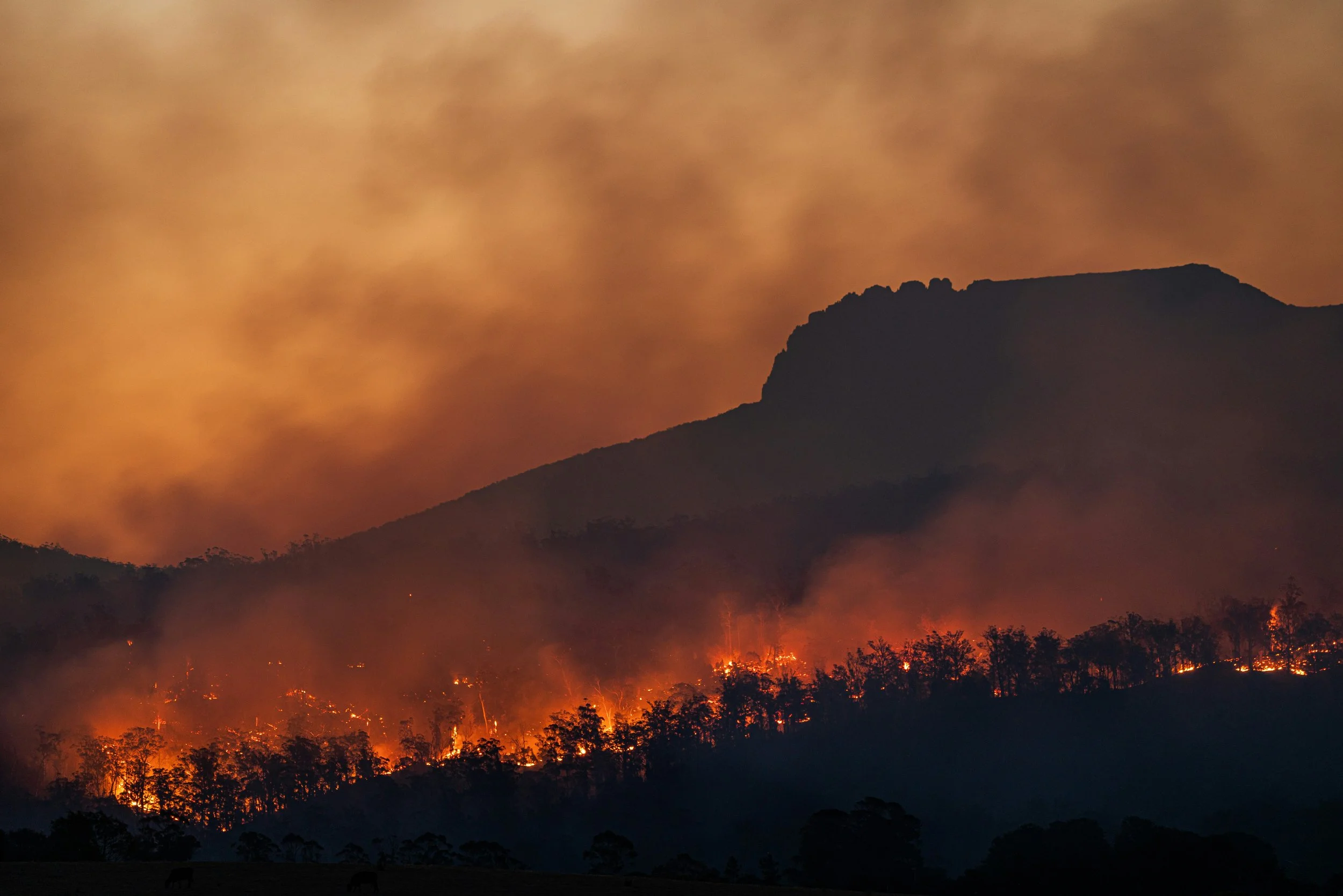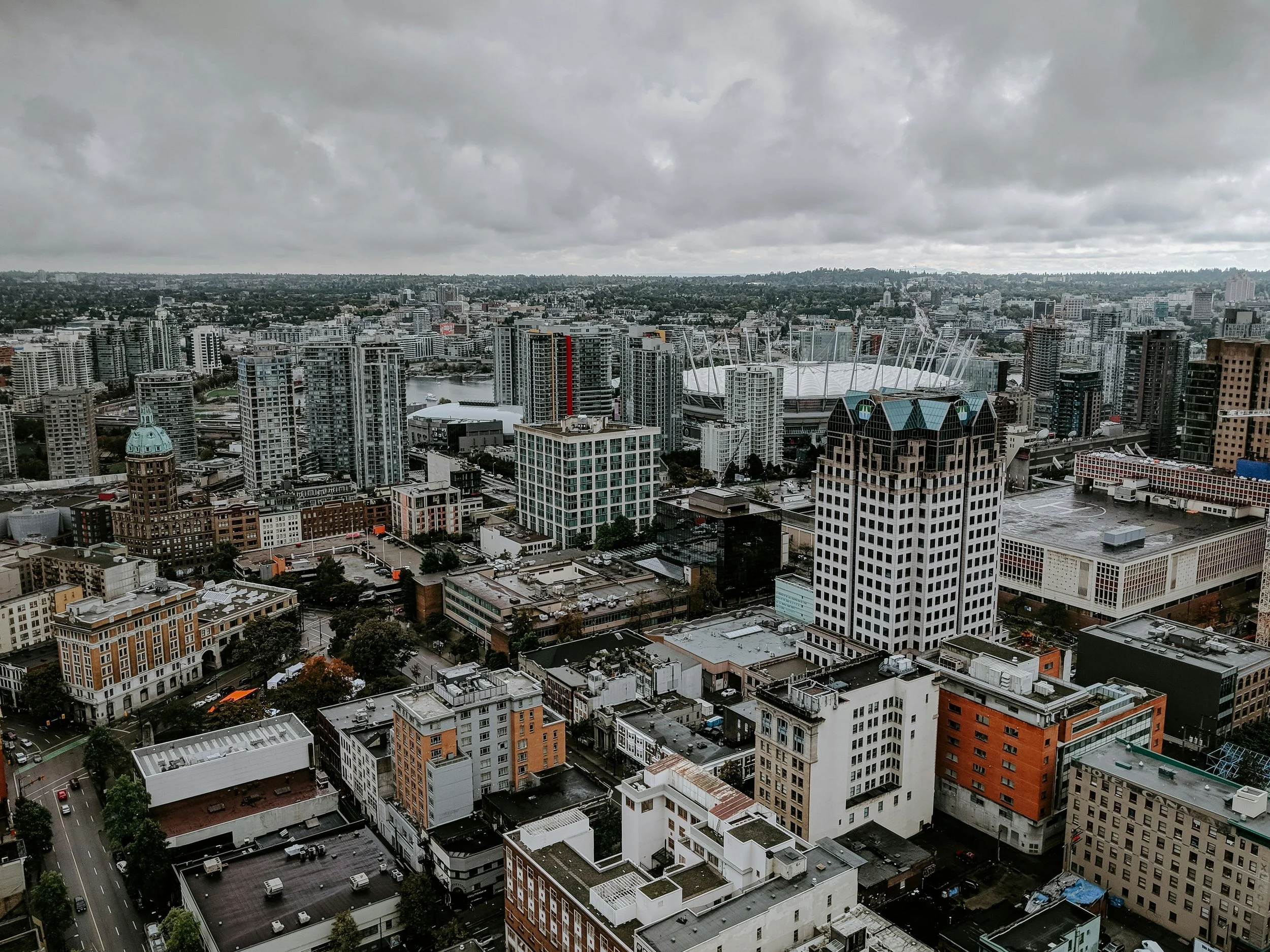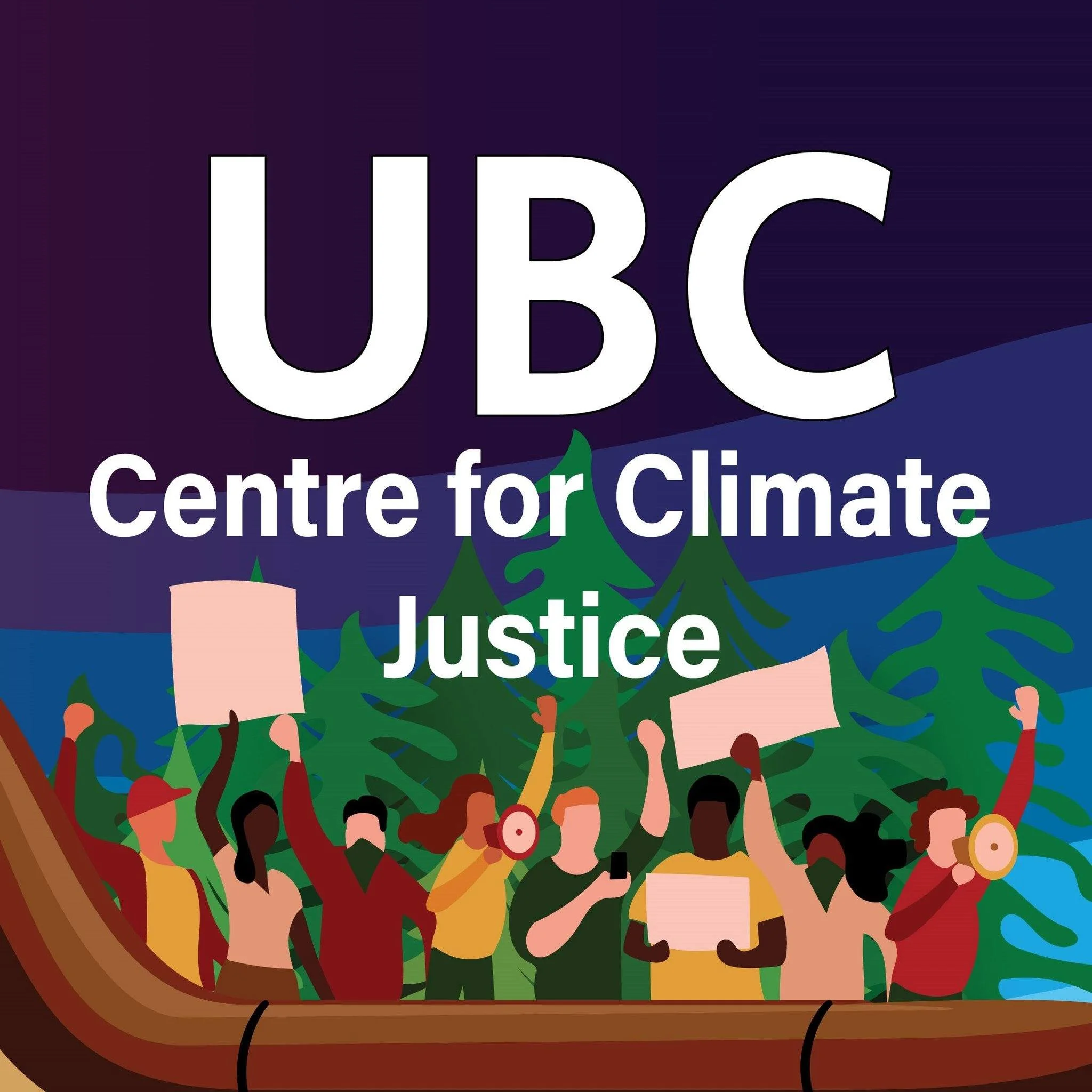Housing Equity and Adaptation for Tenants (HEAT)
An international climate and housing justice research collective dedicated to community, tenant rights, and the principle that climate justice starts at home.
In cities around the world, the uneven impacts of climate change events like heat waves and wildfires are acutely felt indoors, particularly by low-income renters.
HEAT combines environmental health, climate justice, and tenant advocacy to study the intersections of housing and climate policy and foster equitable climate action. We have arms in Barcelona, New York City, and Vancouver – three major urban centres facing the intersecting crises of climate and housing.
Our global research team is interdisciplinary and trans-sectoral, meaning academics from different fields are teaming up with community partners to do a new kind of research. Over four years, we hope to measure and create livable thresholds of heat and smoke, offer justice-based interventions, monitor the implications of new climate policies on housing, and support community-based climate resilience measures.
The consequences of not acting are dire.
The last ten years have been the hottest in recorded history. According to NASA, earth’s climate is currently warming at a rate not seen in at least the last 10,000 years, due to atmospheric carbon concentrations not seen in the past 800,000. The IPCC’s recent report, the AR6 – which focuses on the “physical science basis” of climate change – found that global average surface temperatures are “more likely than not unprecedented” in the past 125,000.
Climate change is a threat multiplier because heat has the capacity to exacerbate social inequities in ways we can only begin to imagine.
Lives are at stake.
Vancouver
The 2021 Heat Dome caused 619 deaths in Vancouver, BC. According to the coroner’s report,
98% of deaths occurred indoors,
67% were 70 years of age or older,
More than half (56%) lived alone.
New York
In New York, 350 people die prematurely every year because of heat.
Black people in New York are twice as likely to die of heat-related stress.
89% have at least one chronic health condition.
People over 60 are most vulnerable.
Barcelona
Excess heat led to over 47,000 deaths in Europe in 2023.
In Spain, over 8,000 people died.
Death rates were 768% higher in people over 80 than in people aged 65-79.
In those same places, housing is increasingly unaffordable, inaccessible, and unfit for a changing climate. A 2024 report described the rental market in Vancouver as “impossibly unaffordable,” and the New York City market as “severely unaffordable.” In Barcelona, Rents have risen three times faster than household incomes in the last 20 years. In all three cities, tenants are left sacrificing safety for affordability because the buildings least prepared for climate change are often the most affordable.
Our goal is to redefine liveable housing as that which is affordable, accessible, and able to weather the extremes of climate change. We need climate safe housing and tenant protections, and we need them now.
Research on indoor environmental quality often overlooks the social, political, and legal determinants of the built environment.
If we think about housing and climate equity in isolation, we all lose: the problems are connected, and the solutions are too.
Our initiatives
1.
Measure indoor air quality in homes and record its health impacts using a) specialized sensors for air pollution, temperature and humidity; b) wearable fitness trackers; and c) surveys
2.
Implement and evaluate in-building communal ‘climate safe’ rooms in existing buildings to offer communal climate resilience and foster community-based climate-preparedness.
3.
Monitor the unintended consequences and barriers of climate adaptation and mitigation policies on tenancy by a) scanning policies and media coverage related to programs affecting senior tenants; and b) conducting focus groups for detailed insights;
4.
Identify mechanisms that may lead to climate-related rent increases or displacement through interviews and documentation of specific cases of adaptation or mitigation initiatives to explore whether and how they may negatively impact senior tenants’ housing quality and security.
Figure 1. Graphic overview of the project
Our Partners & Collaborators
HEAT Research Collective would like to thank the funders who support this research program.














